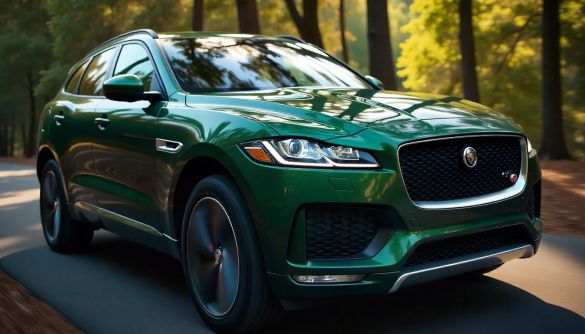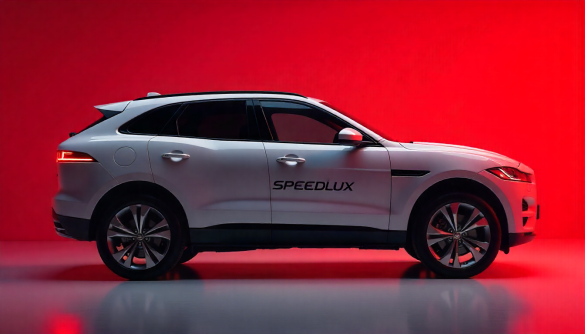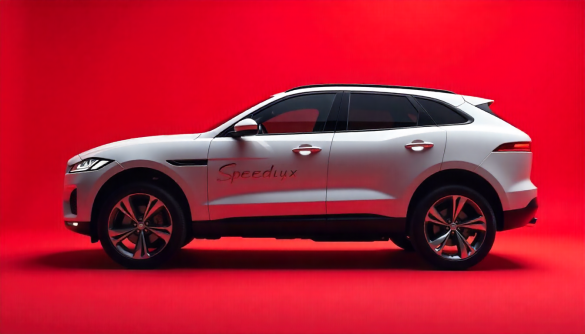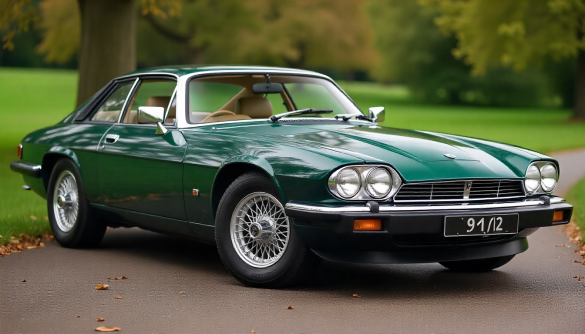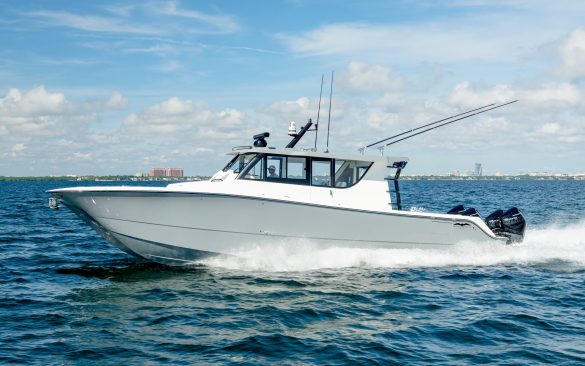With vast improvements done on car models almost every year, you’d wonder, where is this all leading to? Are these cars only being modified for the sake of hauling in more customers? While this can be partly true in some car models, there are certain cars in the automotive history which literally changed people’s lives. In some cases, they even changed the way governments wrote policies.
Below are the ten most important cars in history, and how they’ve affected more than just their manufacturers’ sales strategies.
Ford Model T
While the Model T certainly wasn’t the first car manufactured in the history of mankind, it marked the 20th century. More so, it transformed people’s lifestyles back then because it was the first car which was made affordable enough for the working class to own. Launched in 1908, the Model T came with two speeds and a reverse gear. It had a rear-wheel-driven engine.
Ford was able to sell more than 15 million Model T cars during this time. It was by far the largest recorded sales rate yet.
Volkswagen Beetle
Launched in 1938, the Volkswagen Beetle enjoyed the longest production run in automotive history. It was built by Ferdinand Porsche, funded by none other than Adolf Hitler himself. It was a best seller in the 1950s, but aside from being an icon, how exactly did it change car history itself?
The Volkswagen Beetle is important because it became the standard for all small cars produced in history after that. Chevrolet Corvair and Ford Pinto, for example, were admittedly based on the VW Beetle. Today’s Beetle now sells for $18, 290. While some cosmetic and engine changes have been made, the VW2000 nonetheless carries its predecessor’s most striking trademarks.
Jaguar XK 120
The Jaguar XK 120 signaled the end of World War II. People (and car companies) were still recovering from the war, and when the Jag was produced, it seemed like an assurance that everything was going back to normal. Unveiled during the 1948 London Motor Show, it was the fastest production car of its time. The targeted market didn’t need any prodding because the car was a hit from the very beginning.
Hollywood celebrities like Lauren Bacall and Clark Gable proudly drove this vehicle. Until today, it is still considered one of the most beautiful cars ever produced.
Trabant
Do you want to meet the car which caused the downfall of communism? We’re talking about the Trabant, manufactured by East German car manufacturer VEB Sachsenring Automobilewerk Zwickau.
The regime at that time created this cheap car for the people, but the odd interior, the car’s poor performance, and the dirty engine reflected just how inefficient centralized planning was. Within a year of its production, people lost faith in the idea of communism. Despite the bad reviews, though, Trabant was produced for another 30 years. About 3 million units were made before it ceased to be on sale.
Porsche 911
Produced in 1964, the Porsche 911 redefined the word “branding”. Now, whenever people say the word “Porsche”, the image in their heads would probably be that of the classic Porsche 911. This model was originally tagged the 901, and it enjoyed the longest production-run among any sports car made for the U.S. market. The trademark is more than just cosmetic, though.
Today’s Porsche 911 still uses the same air-cooled engine technology designed by Ferdinand Porsche for the classic Beetle. Just to show you how distinct this model is, it’s still distinguishable both on the streets and on the race tracks, from the Daytona to the Nurburgring circuit.
Ford Mustang
When did America’s love affair with muscular cars start? Another car model which succeeded at branding is the Ford Mustang which was launched in 1964. The line sold so well that modern versions of the classic are still being made today. The current Ford Mustang sells at $20,995, which is pretty impressive considering the competition these days.
Obviously, the classic Ford Mustang was the first of its kind and it was incredibly popular from the very beginning. The car brand’s only known competitors now are the Chevy Camaro and the Dodge Challenger. All three cars enjoyed continuous production runs since the 60s till today.
AMC Eagle
The AMC Eagle which was produced in 1980 is the forefather of all crossover vehicles. It was one of the pioneer all-wheel-drive passenger cars designed with a hatchback. Although the line was also offered as a sedan and a coupe, the hatchback version gained the most attention. This car model was produced by AMC-owned Jeep to link the passenger car lines of AMC and the off-road production Jeep line.
Jeep Cherokee
Launched in 1974 as a two-door and in 1977 as a four-door, the Jeep Cherokee is the first mid-sized SUV ever produced. The target market for this vehicle was practical families who needed a lot of space without spending so much. While its counterpart, the Land Rover Ranger appealed more too luxury-minded SUV fans, the Jeep Cherokee catered to a wider audience.
The classic 1974 and 1977 versions were redesigned in 1984 and have evolved into today’s Jeep Grand Cherokee. While both two-door and four-door versions have more competition now, it continues to be one of the favorite SUVs targeted for big families.
Dodge Caravan
Looks can be deceiving, and that’s never truer than with the Dodge Caravan. This vehicle might not be as impressive as a Dodge Challenger in terms of appearances, but it made way for a totally new segment: the minivans. With a lot of room for its passengers and child-friendly interiors, the caravan that was launched in 1984 paved the way for family-oriented vehicles later on.
Among the companies who took inspiration from the Dodge Caravan were Honda and Kia. The Japanese car manufacturer modeled the Odyssey after the Caravan, while Korean-owned Kia designed the Sedona.
The Dodge Caravan is now on its 5th generation, sporting swivel seats, video screens on the second and third rows of its passenger seats and power windows till the second row.
Toyota Prius
Launched in 2000, the Prius was the first hybrid car that sold well. It remains the third bestselling car among the Japanese car manufacturer’s fleets. Automotive experts credit it for putting Toyota in the lead of eco-friendly brands worldwide. To date, more than 1.2 million Toyota Prius models have been sold. This is impressive considering how the car went on sale less than ten years ago.
It also signals the current automotive trend today, which is geared not only on power but energy efficiency as well.
Via Forbes

